

On September 23–24, 2025, we organize a preparatory symposium in Prague for the upcoming edition of the m³ Festival – Art in Public Space.
On September 23, participating artists will gather and discuss collaboration and artistic intentions at the Academy of Fine Arts in Prague (AVU) at Veletržní 61. Together with curators Šárka and Tomáš, they will visit the sites under investigation – the pit next to Sparta in Letná and the skeleton of the Nová Palmovka building. The end of the day at AVU (at 7 p.m.) will also be open to the public. We have prepared a lecture by Swedish architect, artist, and professor Jonas Dahlberg on the topic of art, public space, and the verticality of places, followed by a discussion. Refreshments will be provided.
On September 24, the entire creative group will move to Řeporyje to Studio Bubec, the festival organizer's headquarters, where they will learn about the possibilities offered by the sculpture studio. A tour of the current exhibition and depository has been arranged. The late afternoon (at 6 p.m.) will once again be dedicated to the public – around a fire and with refreshments, it will be possible to discuss not only the themes and aims of the festival with the artists.
The program will be conducted mainly in English.
Jonas Dahlberg is a professor at the Royal Institute of Art in Stockholm and founder of the interdisciplinary laboratory Of Public Interest (OPI), which operates as a post-master's program at the Royal Institute of Art. Dahlberg became known for his winning design for a memorial to the victims of the terrorist attacks in Oslo and Utoya on July 22, 2011. https://www.jonasdahlberg.com
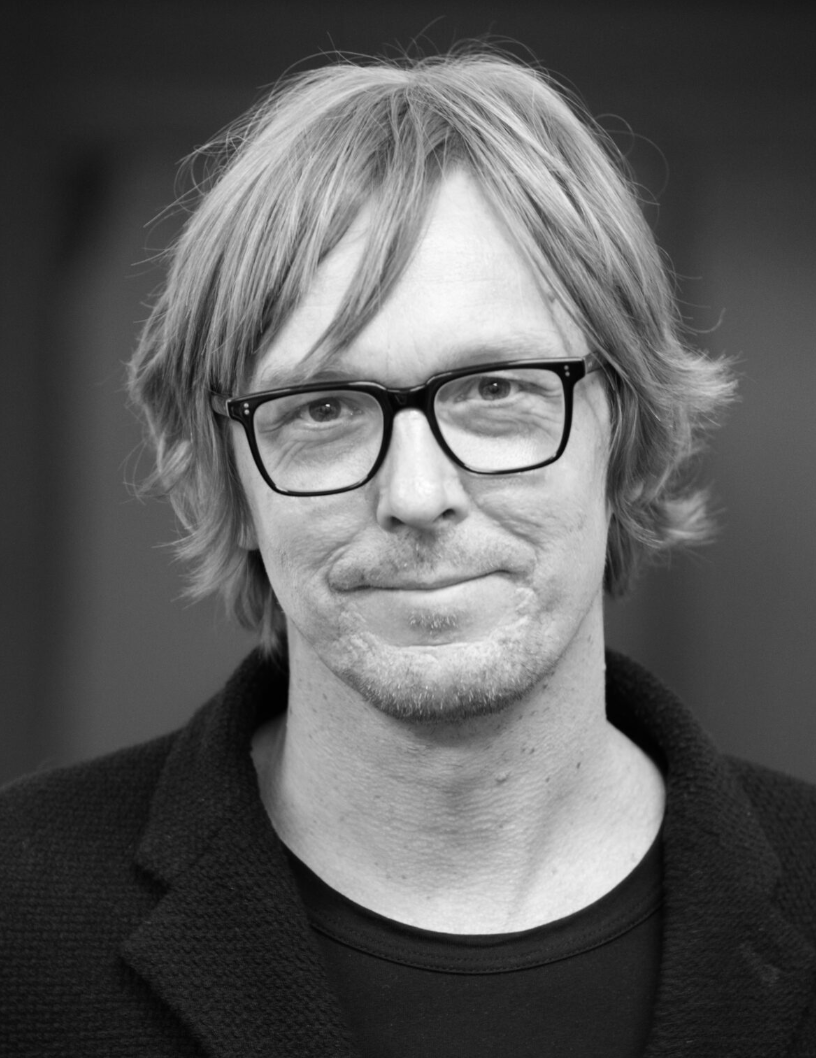
FAXEN is a collective of artists from Linz, Austria. They create acoustic experiments and sculptural assemblages. The works of the FAXEN art group deal with moments when noise becomes music and explore the difference between hearing and active listening. https://faxen-collective.net
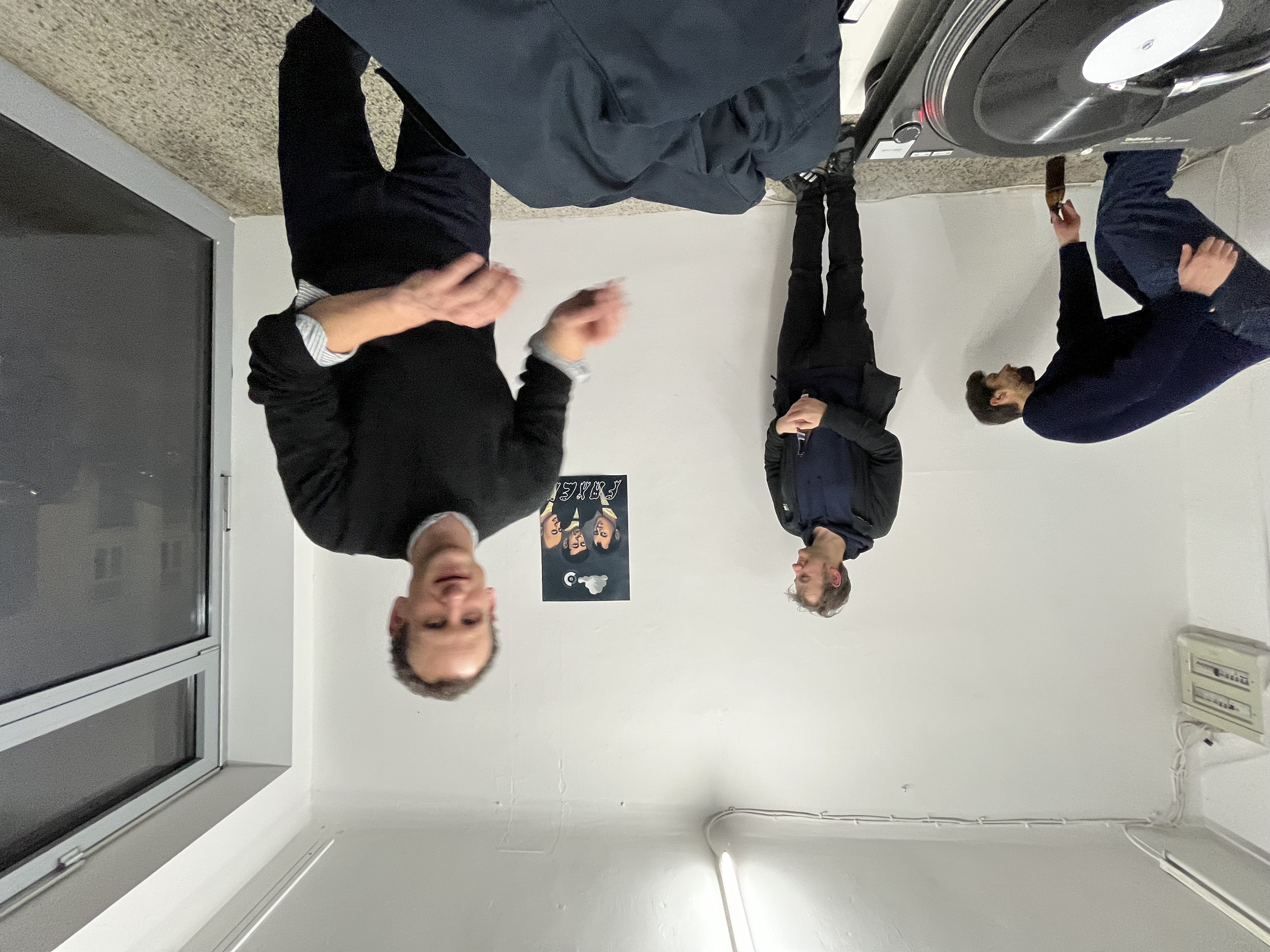
Zweintopf, the artistic duo Eva and Gerhard Pichler, has been around since 2006 and works both in classic exhibition settings and in public spaces. In addition to site-specific installations, objects, and videos, their work includes developing ideas realized as art in public spaces or in the form of unannounced interventions. https://www.in-situ.info/the-network/artists/2011-2016-artists/zweintopf
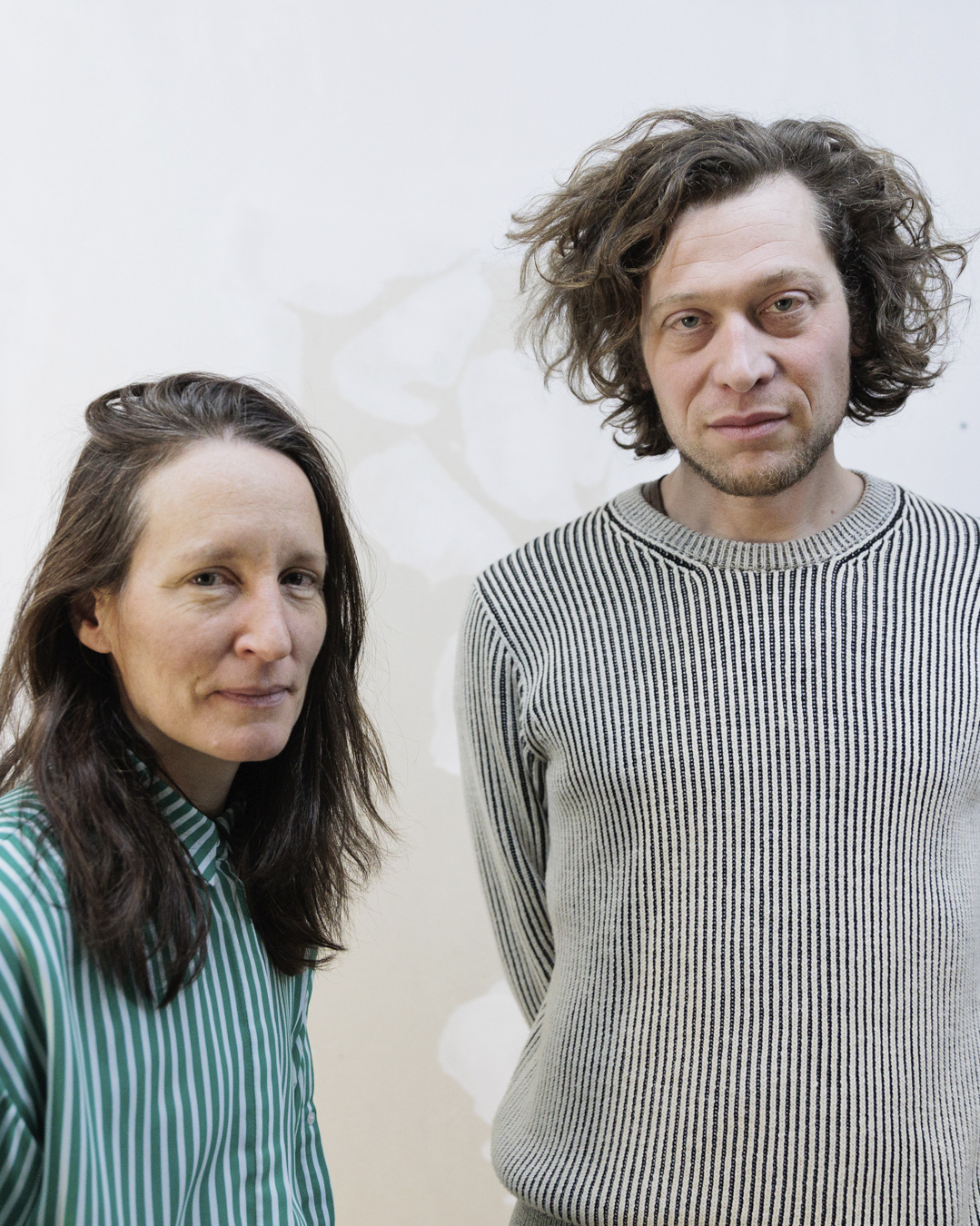
Mia Milgrom is a graduate of the Academy of Fine Arts in Prague. During her studies, she completed internships at Cooper Union in New York and at the studio of guest artist Maja Smrekar at UMPRUM in Prague. Her work deals with themes of human and non-human care and support systems. Her spatial installations oscillate between fragile moments of decay and the symbiosis of individual parts. By combining natural and synthetic materials, she creates unexpected relationships and alternative possibilities for connection. Her work has been exhibited at CCA as part of the 4th Triennial in Tbilisi, at Cooper Union in New York, at Pop-up GAVU, and at the Světova 1 gallery in Prague.
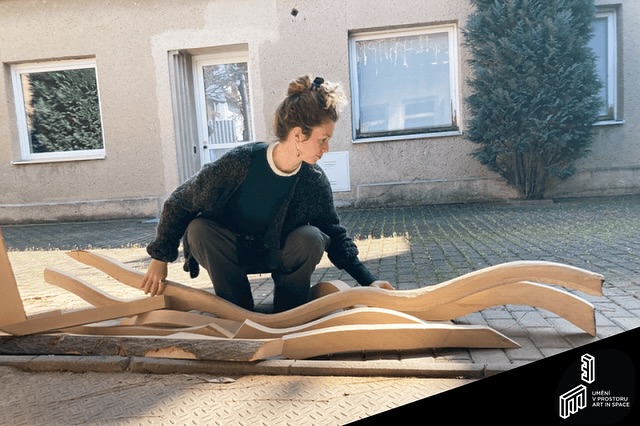
In her work, Alena Kotzmannova explores the possibilities and very essence of the photographic medium, often combining her images with video projections or found objects. https://kotzmannova.cz
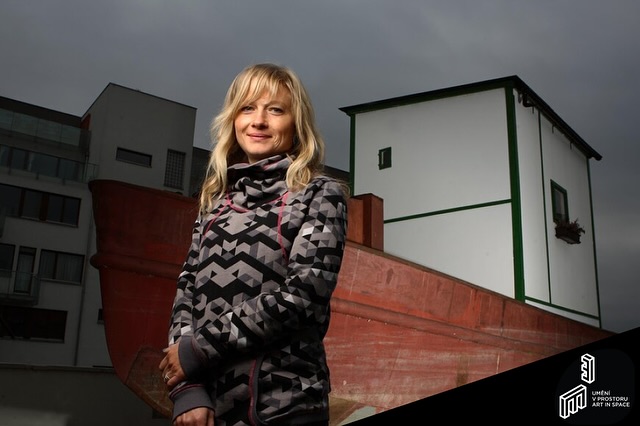
Artur Magrot is a graduate of the Academy of Fine Arts in Prague, where he studied under Dušan Zahoranský and Pavla Sceranková (he is currently continuing his studies there as a doctoral student). He often engages in interventions in public space. In his work, he explores the boundaries between different spaces, their media possibilities, and political regimes, examining the very fine lines between private and public, free and closed, or my space and our shared space. https://www.otevrenakultura.cz/cs/artur-magrot
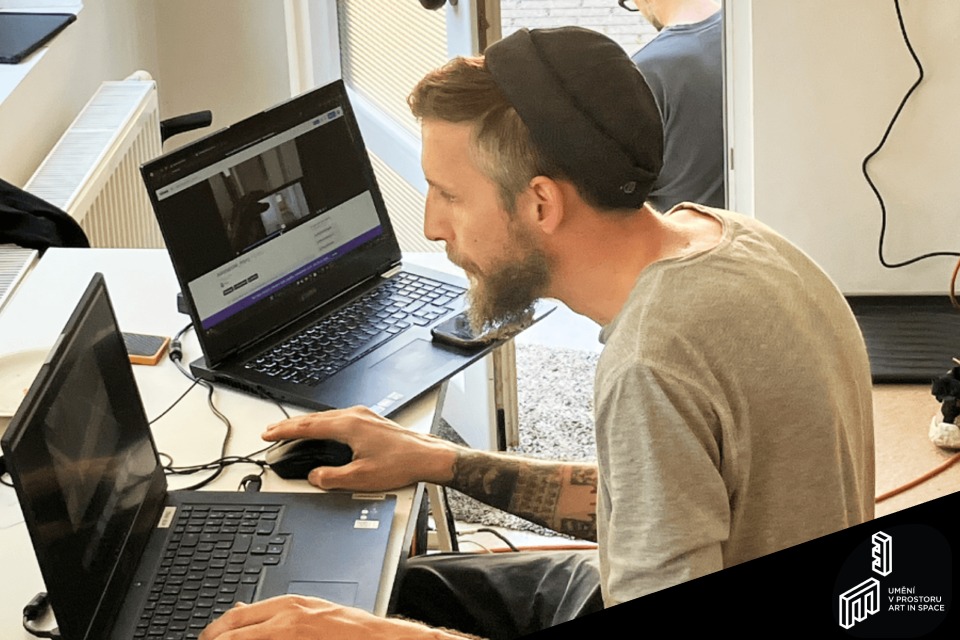
Rudolf Samohejl is a visual artist working in Belgium and the Czech Republic, a graduate of sculpture at UMPRUM in Prague. His works are "sculptural situations." Unlike installations, his works are more like experiences, drawing strength from an active audience and often involving interaction. https://rudolfsamohejl.info
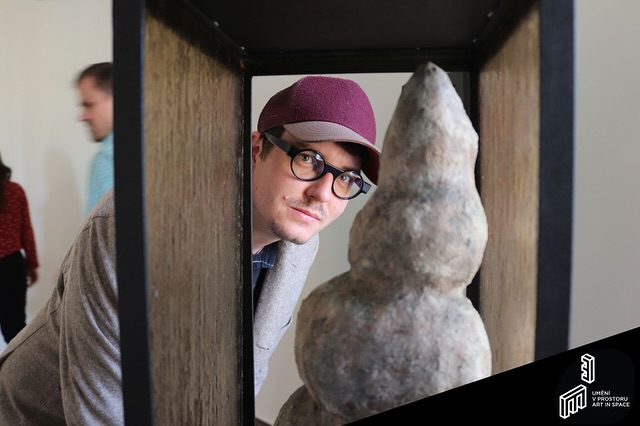
Martin Zetová works with drawing, sculpture, photography, and video. In her works, which are not without humor, she often responds to political and social events, dealing with history and exploring the role of the artist. http://www.martin-zet.com
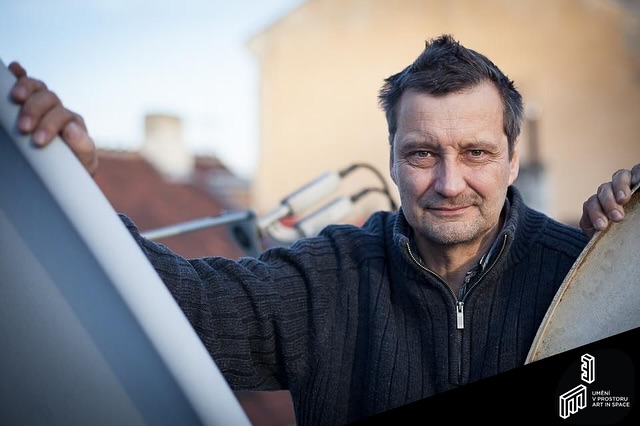
The 7th annual m³ Festival / Art in Space will open in June 2025. It is organized by Studio Bubec, which specializes in the cultivation of public space, in cooperation with experts from the Prague Institute of Planning and Development, the Prague City Gallery, and the Academy of Arts, Architecture and Design. Since 2017, more than fifty leading Czech and foreign artists have participated in the festival.
Since its inception, it has been profiled as a demanding type of artistic intervention affecting public space. For each year, the Art Council selects curators with different concepts, working methods, and understandings of the form, role, and impact of art. They then seek out interesting locations, primarily within the capital city, which they work with in various ways depending on the specifics of the location. The purpose of the m3 Festival / Art in Space is to use the interventions of selected artists to make the public space of the metropolis more special, to bring visitors and residents of the city into contact with contemporary art, and to actively create new contexts for the place through it. The name of the festival refers to the complex nature of the event, in which permanent works organically complement action and performance interventions, tours, and workshops. Over the course of several years, it has gained a reputation as a high-quality showcase that works sophisticatedly with artistic, historical, and social contexts in the spirit of current artistic trends. Since 2023, the festival has been held in the form of a biennial.
The concept of verticality brings together geomorphology, physics, politics, and psychology.
#verticality
Verticality as movement along a vertical axis, in depth and height, in layers, through various substances. Time is also related to verticality – acceleration, deceleration, gravity, or temperature changes. In a social context, we want to become more horizontal; verticality is not desirable – it is a symbol of power structures. Within the verticality, it is also possible to consider the subconscious, consciousness, and "superconsciousness," which may not only relate to the human psyche, but also to the architecture of places.
Urban space involves the principle of layering and overlapping. Despite the subconscious desire for a more horizontal, and perhaps therefore fairer, social order, the absolute realization of this ideal plan is not possible due to geographical limitations. Our reality lies at the intersection of two dystopian models – the "horizontal housing estate" and J. G. Ballard's High Rise. In this project, we work with two opposites – a sunken pit and a skeleton towering into the sky. Both locations carry very interesting layers of memory that we want to explore and engage in critical dialogue with.
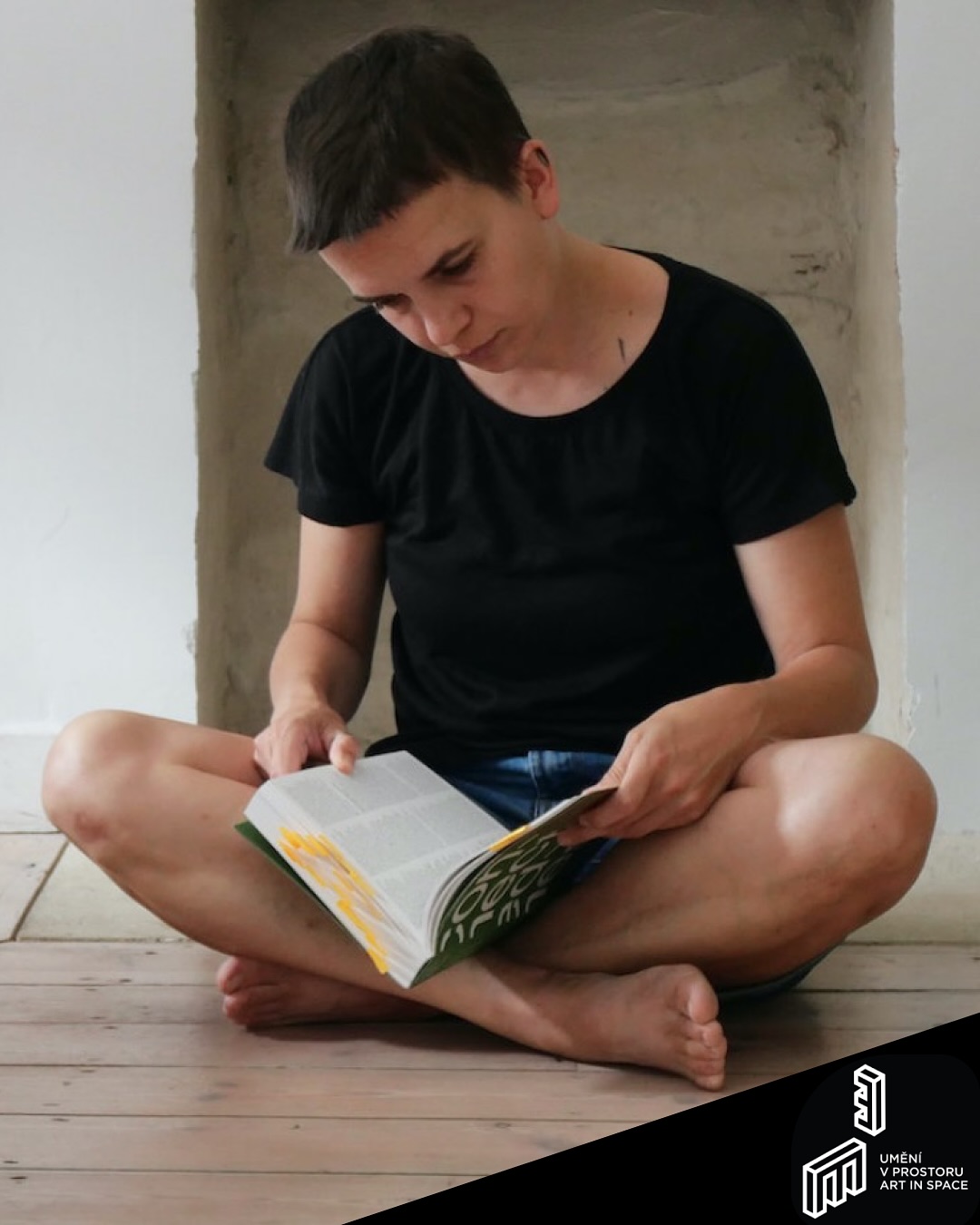
In her creative practice, she combines various approaches – she is involved in free creation, curatorial, production, research, and cultural advocacy activities, both individually and as a member of associations, collectives, and working groups. She deals with topics related to public space, acoustic ecology, non-hierarchical cooperation, and non-growth principles in art. Through her projects, she often touches on themes of community permeability and boundaries, resilience, hierarchical roles, empathy, and, last but not least, the theme of artistic gestures spread out over time. She is currently completing her doctoral studies at the Academy of Fine Arts in Prague, is a founding member of the Offcity collective, and until July 2024 served as program director of GAMPY – Galerie města Pardubic (Pardubice City Gallery). www.160cm.me
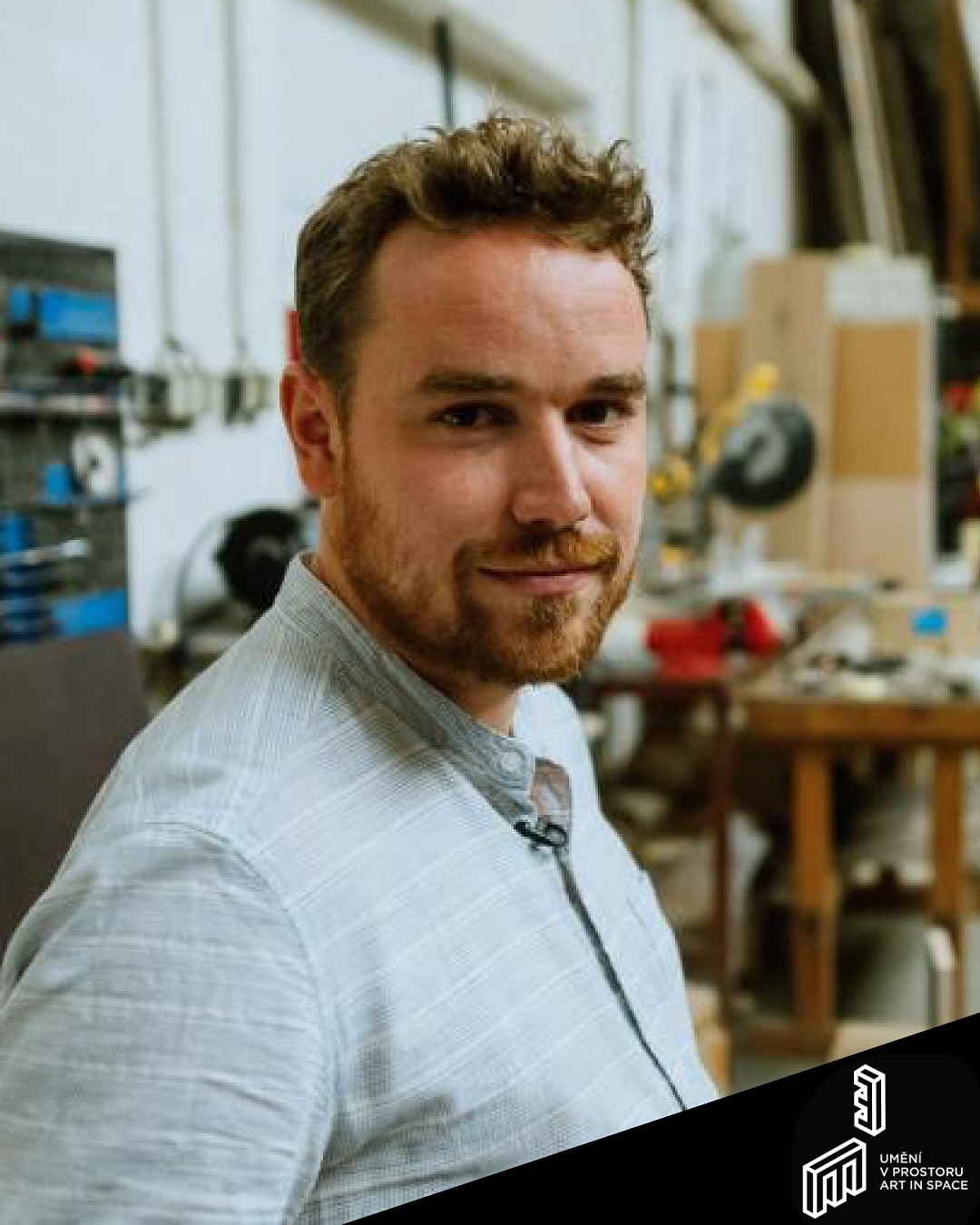
Visual artist and educator, graduate of Jiří Příhoda's intermedia studio at the Academy of Fine Arts in Prague, where he successfully completed his doctoral studies under the supervision of Dušan Zahoranský in 2024. His work can be described as "spatial situations" most often created by objects, video, and installations. Joint projects with Matej Al-Ali, Petr Dub, and Roman Štětina explore various forms of artistic collaboration or critically intervene in public space. Moravec is a finalist of the Jindřich Chalupecký Award (2008) and the Exit Award (2009), and a laureate of the Václav Chad Award (2015) and the Gascar Prize (2017). His work is presented in both Czech and international contexts. He is involved in exhibition architecture and has been teaching at KVKTT in Hradec Králové since 2015. In recent years, he has realized independent exhibition projects Notes on Airships (KGVU Zlín, 2017), Boundaries Invisible from Above (GAFU Ostrava, 2018), and Manuport (Rudolfinum Gallery Prague, 2020), related to his dissertation Crisis of Vision. www.tomasmoravec.cz
Crisis of Vision / Architecture of Ideas and Topography of Their Realization by Tomáš Moravec